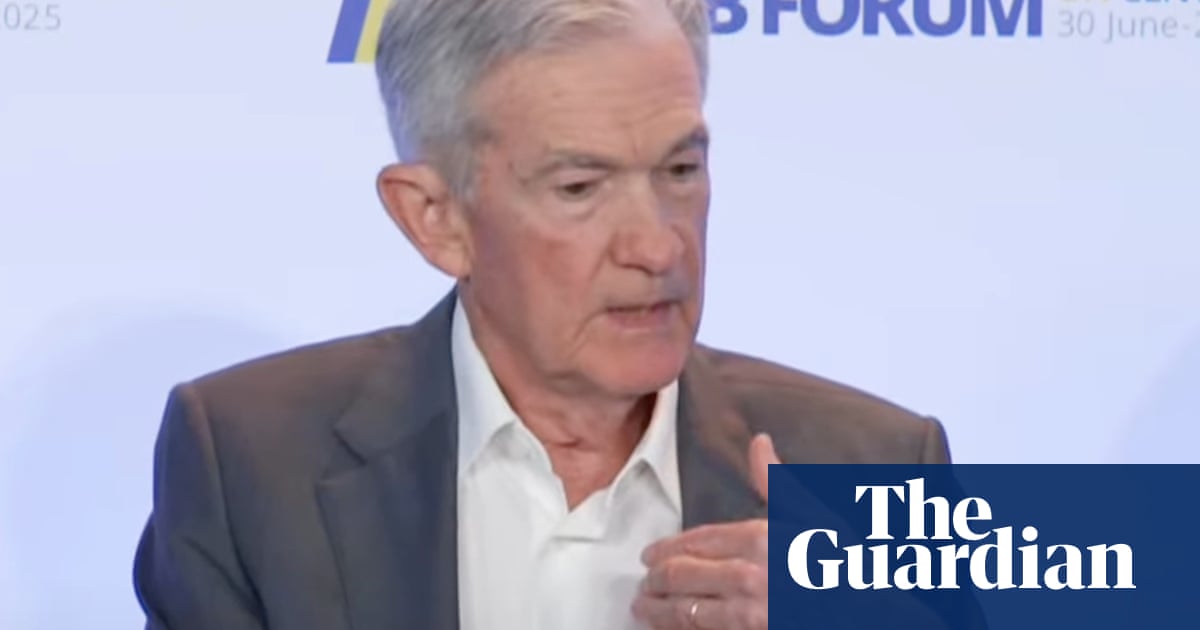CXO exits can mean many things such as burnout, boardroom politics, regulatory pressure. But investors shouldn’t just watch who’s leaving. Over their weekend kaapi and a string of resignation headlines, Arvind and Karthik tried to decode the sudden spike in senior leadership churn.
Arvind: CEOs, CFOs, COOs — everyone’s heading for the exit gate in recent times. Byju’s, Paytm, Karnataka Bank, IndusInd are amongst many such examples.
Karthik: Yeah, and it’s tempting to see them all the same way, but they’re not. Some exits hint at deep-rooted issues. Others, the company rides out fine. Context is everything.
Arvind: Karnataka Bank’s top brass resigned a few weeks after reportedly auditors raised concerns over spending without board approval. And IndusInd had a big accounting issue, according to reports. Not exactly clean goodbyes.
Karthik: Right. And at Paytm, remember how multiple senior leaders quit after the RBI clampdown on its banking arm? According to reports, first the CEO of Paytm Payments Bank, then the group COO, and more recently the head of Paytm Payments Services — all within six months.
Karthik: It’s not the exit that defines the risk, it’s the suddenness of an exit or what the company does after that you need to analyse. In promoter-led companies, CXOs often leave when they hit an invisible ceiling. In MNCs, exits could just be a rotation from global HQ. And in widely held or board-run firms, exits may expose governance fragility or lack of succession depth. Leadership churn without clarity, succession, or a plan – that’s chaos. But churn with control can be managed.
Arvind: So how do we tell which kind of exit we’re looking at?
Karthik: Watch for signals. Did the exit follow an audit issue, like in Karnataka Bank? Was it part of regulatory heat, like IndusInd or Paytm? In the case of IndusInd the CFO resigned abruptly days before quarterly earnings release in January this year, citing a personal reason. A suave analyst would have been able to connect the dots and avoided the severe correction in IndusInd Bank shares that played out few weeks later when the skeletons came off the cupboard.
Arvind: So always look for red flags when exit is sudden without any proper succession?. Did more than one senior person quit around the same time? Also look at who left?
Karthik: Yes, a sales head quitting is different from the CFO or compliance chief stepping down…
Arvind: If control function heads walk, it may signal something bigger.
Karthik: Could exits follow strategic pivots that didn’t land internally?
Arvind. Many Indian companies today are trying to shift like legacy to digital, retail to SaaS, B2B to D2C.
Karthik: Yes, for that check if the company recently changed course: a new strategy, rejig, or business model pivot. If exits follow that, it’s not just resistance. It might mean the leadership wasn’t aligned on where the ship was headed.
Arvind: And does it matter if they name a replacement quickly?
Karthik: It matters a lot. Companies that are on top of things usually announce successors fast, or at least show a clear plan. If they delay or go silent, that’s when investors should worry.
Arvind: And if the stock shrugs it off?
Karthik: Market reactions may not be always right. So sometimes market is right, sometimes it can be misleading also. When markets are reacting and board scrambles, appoints an interim head, and keeps saying “no impact” without showing how, that’s when you know the turbulence is real.
Arvind: So exits are signals, not disasters?
Karthik: Yes. One CXO leaving doesn’t say much. But clusters of exits, vague reasons, no succession, that’s a pattern. That’s when you need to read beyond the press release.
Arvind: We have seen 2-3 CXOs often leave around the same time, what then?
Karthik: When it’s two or three CXOs exiting together, don’t jump to sell, but pause and assess. Revisit your thesis. Listen to the next earnings call, check if institutional investors are trimming exposure, and track if the board communicates clearly. If there’s fog, reduce exposure. If there’s calm and continuity, maybe it’s a passing squall.
Arvind: Final takeaway?
Karthik: When the top brass walks, don’t just ask why. Ask what happens next. The exits tell you something broke. The response shows if the company knows how to fix it.
Published on July 1, 2025











